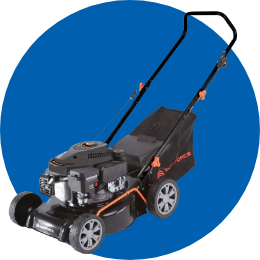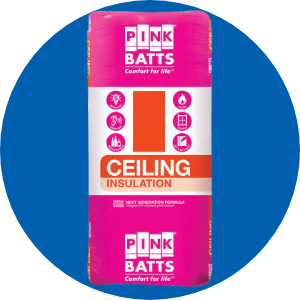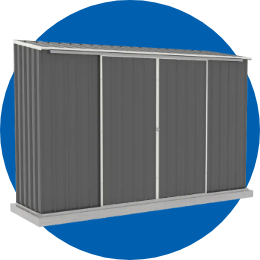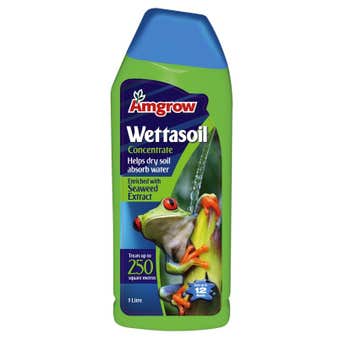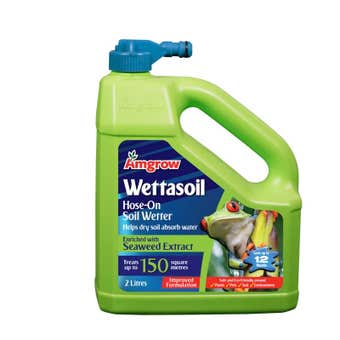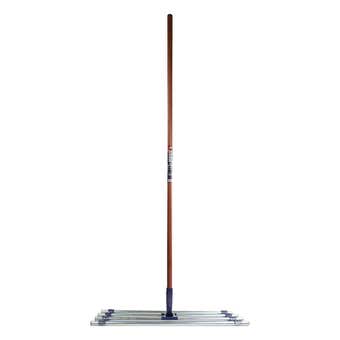- 6 July 2021
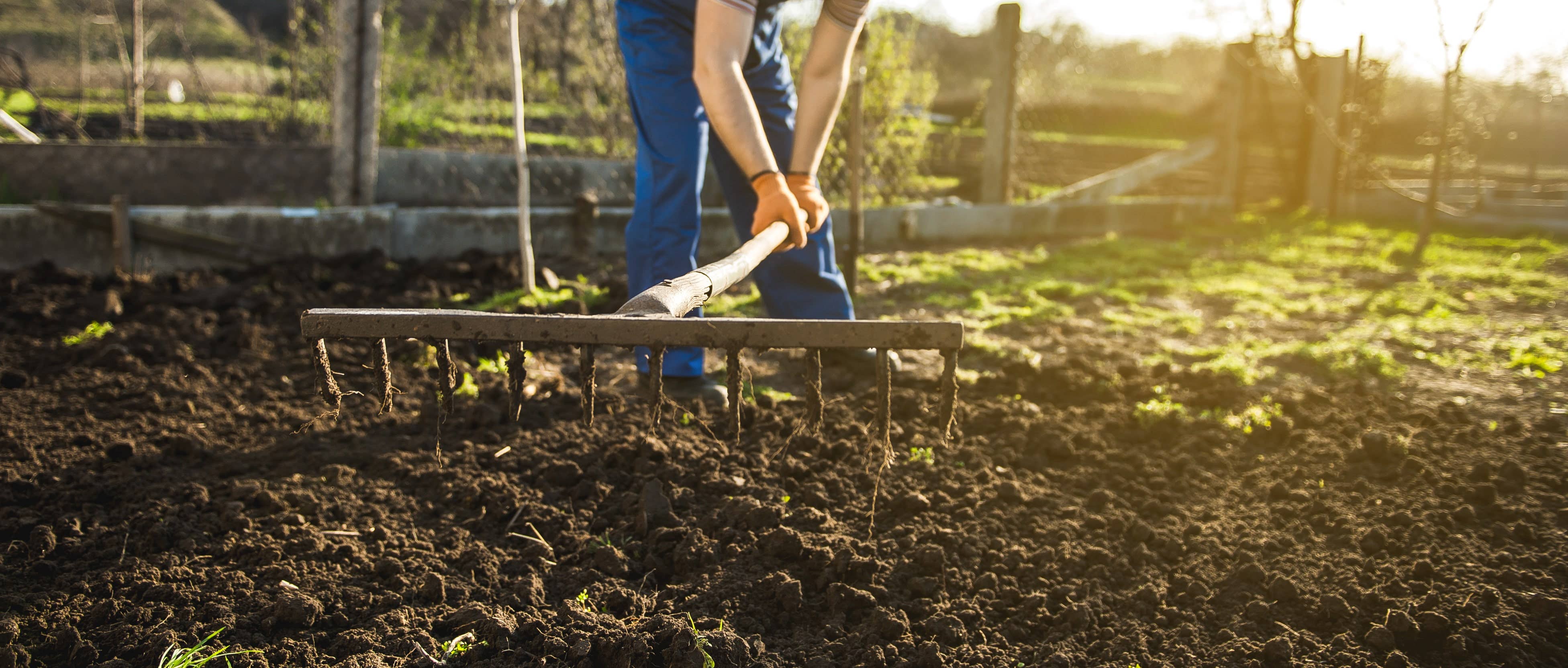

Creating and maintaining a healthy soil bed can feel like a bit of a mystery. But it doesn’t need to be all that tricky – you just need to know what you’re looking for. In this article, we’re going to break down the basics of determining what you need to do to generate ideal conditions in your garden.
Know Your Soil Type
The first step is to know what you’re working with. There are three main soil types:
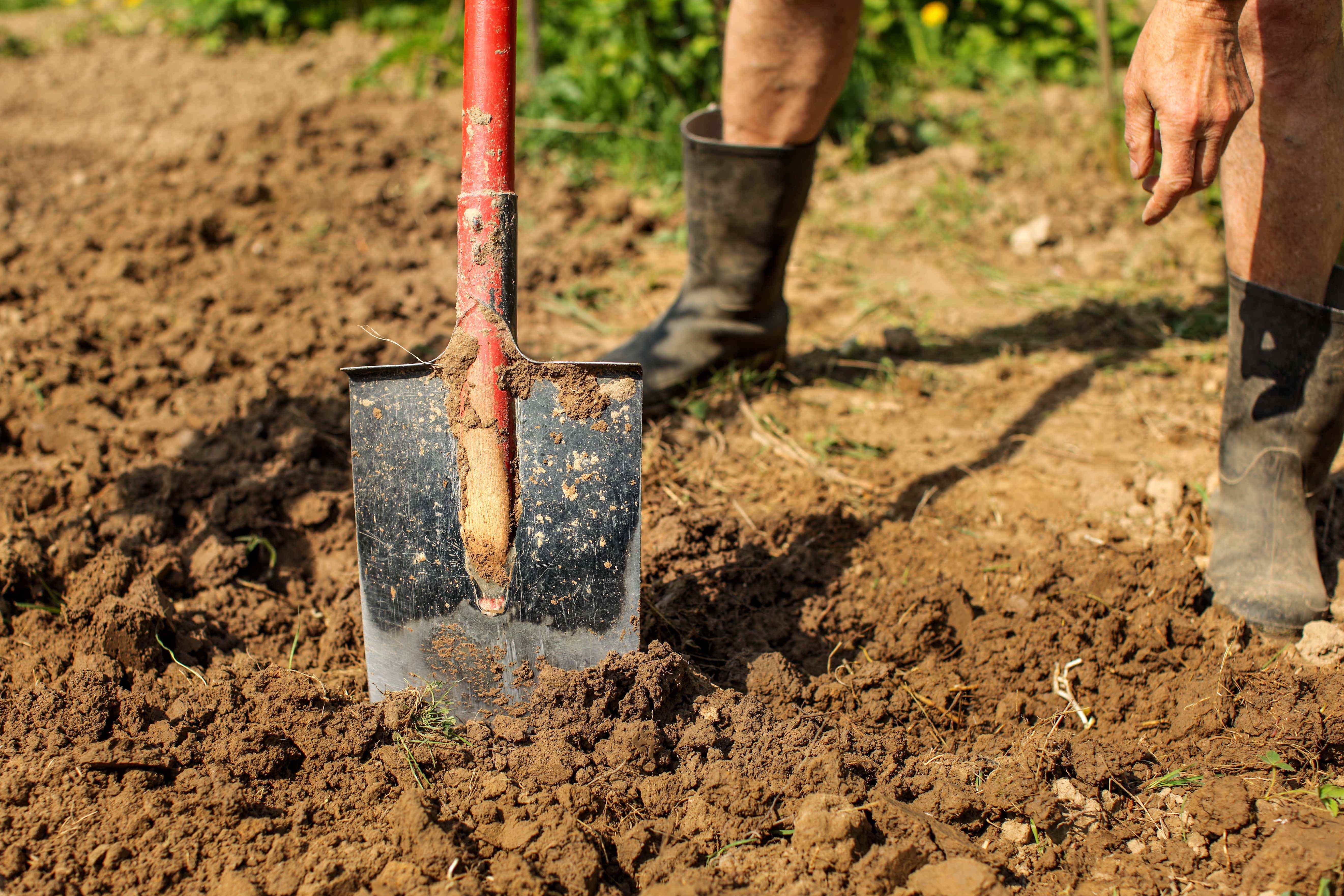

Clay Soil
Clay is usually quite nutrient dense, but it’s clumped, and ‘thicker’ texture can make it difficult to grow in. Plant roots, particularly those of smaller herbs and fledgling fruit trees, can have a hard time working their way through clay soils.
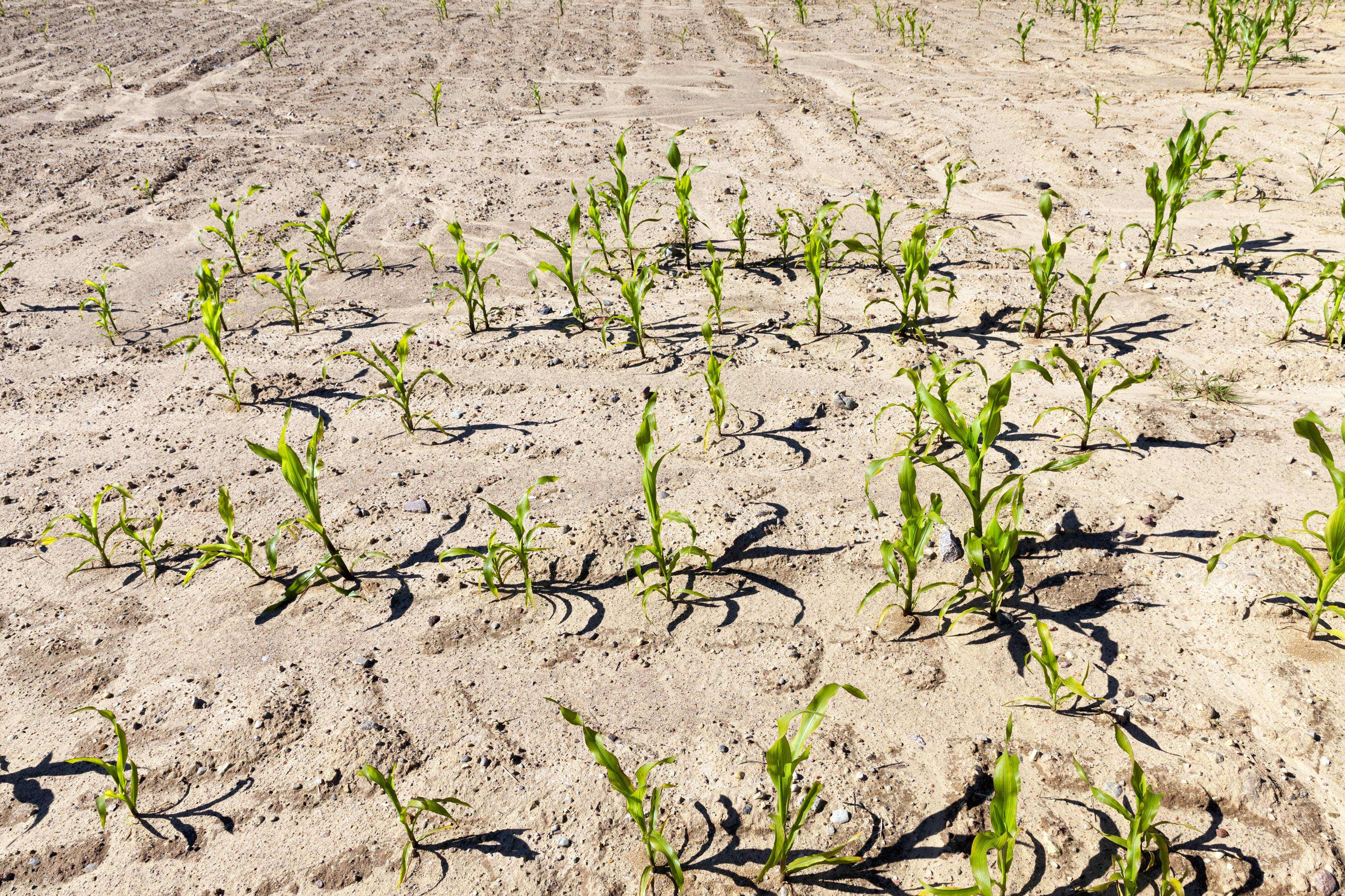

Sandy Soil
On the other end of the spectrum is sandy soil. As you might have guessed, this soil typically has the opposite problem. This soil type tends to not hold onto moisture as well, and typically is a little nutrient poor – something you’ll need to consider in your choice of plant types.
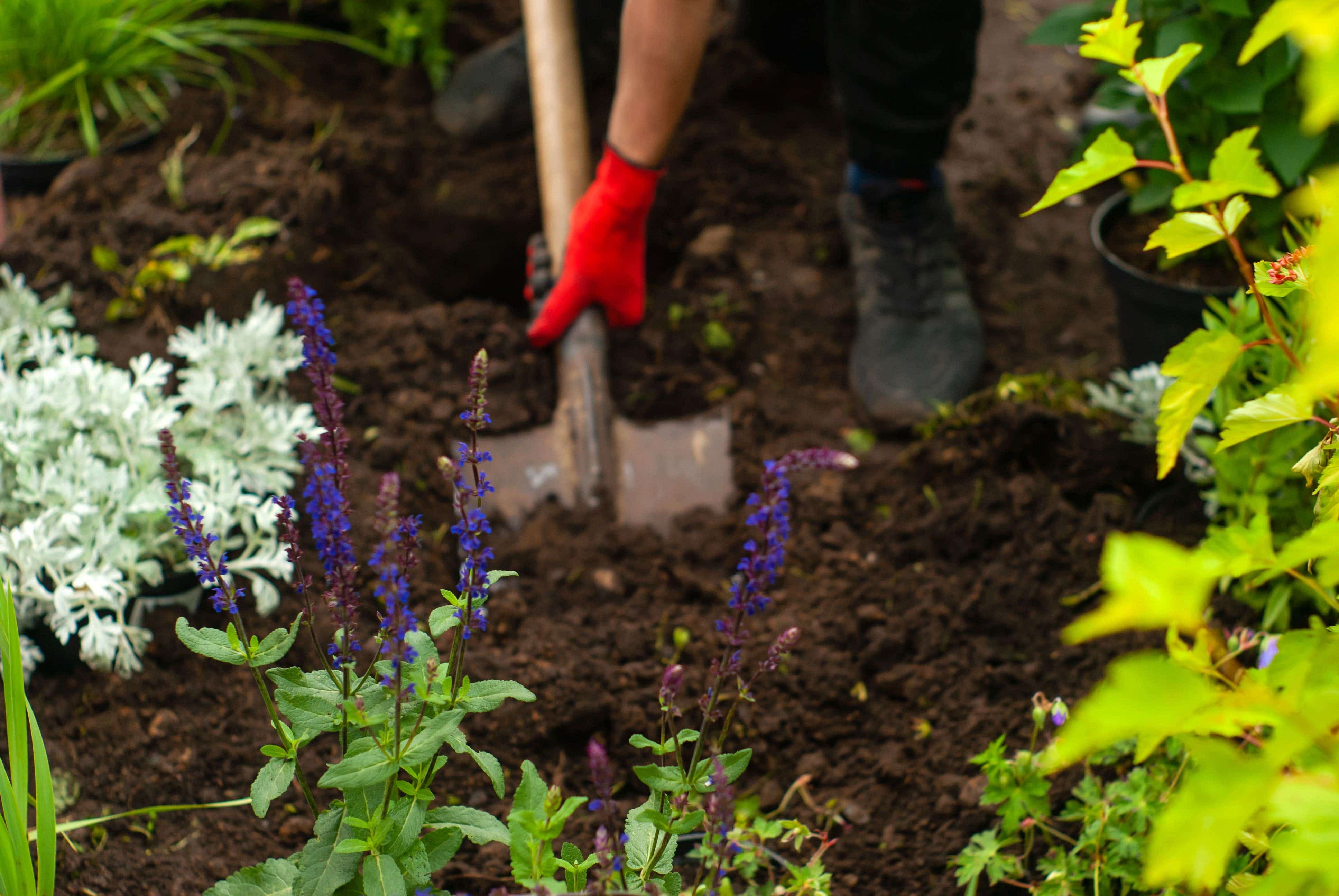

Loam
Loam is the happy medium between clay and sandy soil types – and it’s ideal for a broad range of garden plants, fruits and vegetables. It typically crumbles easily in the hand and is full of moisture and organic matter that will fuel your choice of plants.
Once you’ve determined the type of soil that you’re dealing with, you’ll be armed with the first bit of information you need to start making informed choices about the health and quality of your soil.
Healthy soil characteristics
You might have guessed, but loam is the level of what we are generally aiming at when we try to improve the quality of our garden soil. Some other important markers of healthy soil are:
- Insects and Earthworms
Worms are a solid marker of healthy soil, and an important feature in the ongoing health of your garden. Worms ‘turn’ and aerate the soil, and their natural secretions help improve the ‘tilth’ of your garden beds. - Tilth or Soil Structure
Tilth is a word used to talk about the texture and structure of your soil and garden beds. Dig up a section of your soil and take a small sample in your hands – you should be able to find small but observable chunks of soil that retain their shape when given a gentle squeeze between your fingertips. - Root Development
This sign takes time to develop, but it is also the most reliable marker that you’re on the right track. After a few weeks, you should be able to nose around in the soil surrounding your plants and find new root systems developing. Take care to not disrupt these too badly though!
Testing your Soil pH
Soil pH is where a lot of people start to lose steam. After all, most of us haven’t thought about pH since high school, and even fewer of us understood it all that well back then! But determining the pH level of your soil isn’t just easy to do - it’s also super helpful when looking to improve the health and viability of your garden.
There are plenty of DIY pH Testing Kits that make it quick and easy to get an accurate picture of the pH level of your soil – and you can use this information to improve the quality and viability of your soil in a pinch. As a general rule of thumb, you want your soil to sit around the 6-7 mark on the pH scale.
Enlist the help of microorganisms
Gardening can be as simple or as complex as you want to make it. But we’re prepared to bet you’re getting stuck in on some deeper reading – and learning a little more about the role of microorganisms in your soil can pay some serious dividends.
Healthy soil always has a rich culture of bacteria and microorganisms that work together to fuel natural processes. You can mulch, introduce worms, or even use specialist products that will introduce bacteria to your soil that will help your garden grow.
Engage in some soil conditioning
Now that you’ve done some soil testing and know which direction you know your soil needs to go in, you can engage in soil conditioning. Soil conditioning is the process of introducing or removing different features or compounds that will improve the viability of your garden soil.
At Mitre 10, we stock a complete range of soil conditioning products, ranging from seaweed extract to cow manure and gypsum. But to get the best result, you need to do the work to know why you’re using them. As a general rule of thumb:
- Gypsum
Gypsum improves the soils’ structure by boosting the amount of moisture that the soil can hang onto. It also helps develop aeration and water percolation in clay-type soils that need to be loosened up. - Seaweed Extract
Seaweed extract is a remarkable stimulant for all kinds of beneficial microbial activity. In dry soils, or those that haven’t been laid fallow for some time, seaweed extract is welcome support to the bacteria that your plants and garden will love. - Cow and Chicken Manure
For dry and distressed soils, cow manure and chicken manure are perfect. They add body to the soil, breakdown to release moisture and bacteria, and otherwise enhance the fertility and viability of your garden soil.
Each of these are products you can use to give your garden soil gentle nudges in the right direction and make it easier for your greenery to take root and flourish. If you’re at all unsure about this process, you’ll find there are plenty of resources online that hold plenty of useful information on soil conditioning.
Let us help
Gardening can be as intuitive or as structured as you want it to be – but we typically aim for a mix of both. If you’re looking to get started on restoring an existing garden, or working from scratch, don’t hesitate to reach out to the team at Mitre 10. Our team is here to help you find answers, tools, and products that will help you bring out the best in your garden.
Reach out via our contact page today!



